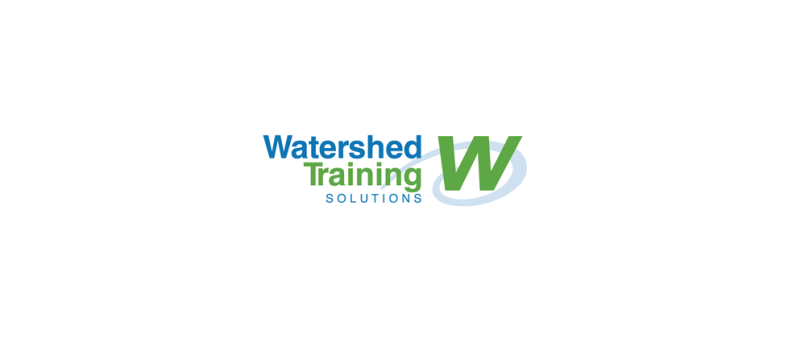Measuring the Happiness Advantage – Part Two
In Part One of Measuring the Happiness Advantage, I summarized a recent HBR Ideacast which featured Sean Achor, CEO of Aspirant and author of The Happiness Advantage: the Seven Principles of Positive Psychology That Fuel Success and Performance at Work. To recap, the “happiness advantage” refers to the ability of your brain to do more when you’re positive.
Number Crunching
Now, if you’re like me, you want some form of quantitative analysis proving the effect of this thought revolution. And fortunately for us, Sean provides some staggering results from a study he performed measuring the increase in productivity:
A team Sean reviewed experienced a 31% increase in productivity when a manager increased praise and recognition towards just one employee, once a day, for 21 days in a row after six months.
Further, Sean analyzed the lasting effects a switch towards the “Happiness Advantage” can have on a company:
Sean worked with the accounting firm KPMG in the fall in 2008. He took 50% of the tax audit managers and trained them on positive psychology, gave them research around the topic, and encourage them to create one positive habit which they could preform for 21 days. This training session lasted three hours. A few days after the training, the group were significantly happier and felt more job satisfaction.In order to determine the full effect of the training, Sean revisited the team for up to four months after the training, and the group who received training reported significantly higher levels of life and job satisfaction and lower levels of stress in comparison from those who were not involved.
Check back next week for some tips on how to integrate the Happiness Advantage into your workplace!





